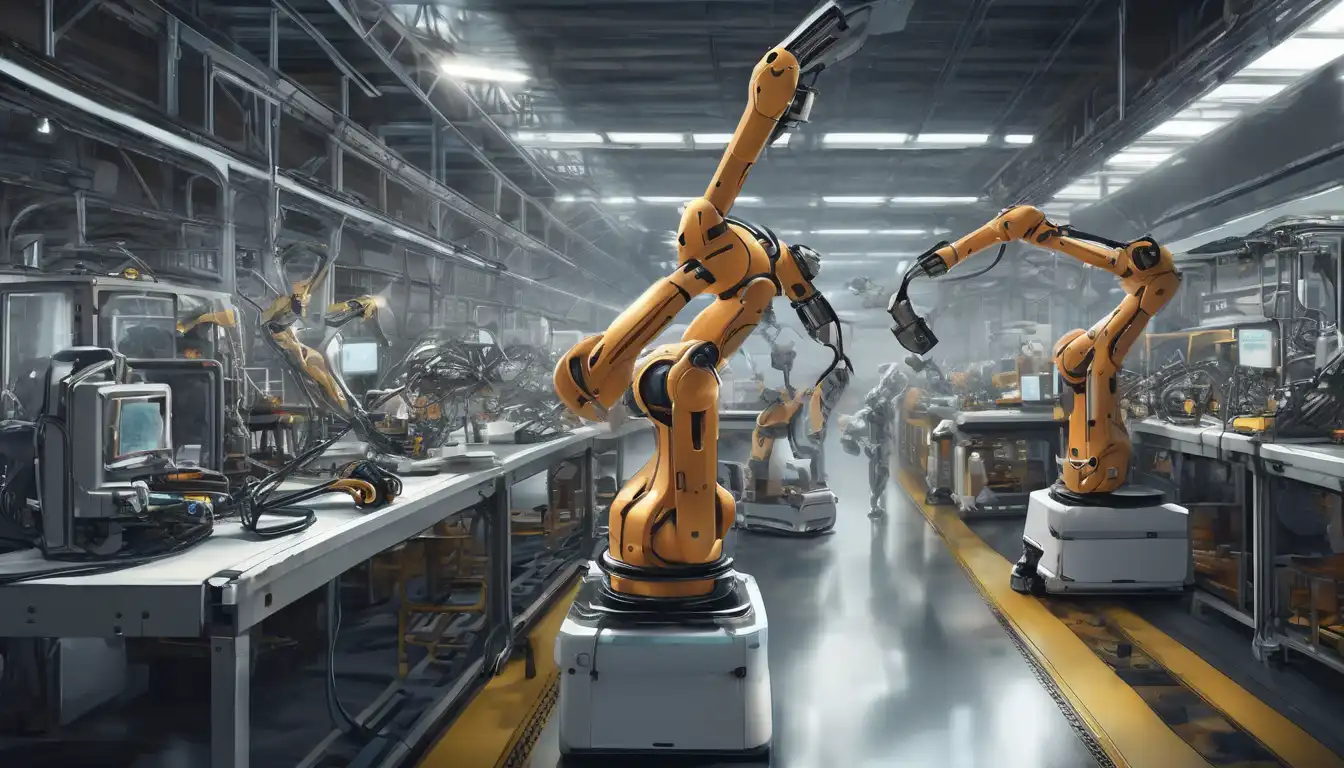The Revolutionary Impact of Robotics on Modern Manufacturing
In the past few decades, the manufacturing industry has undergone a significant transformation, thanks to the advent of robotics. This technological revolution has not only increased efficiency and productivity but also opened up new possibilities for innovation and customization. In this article, we explore how robotics is reshaping the manufacturing landscape, making processes faster, safer, and more cost-effective.
Enhanced Efficiency and Productivity
One of the most notable benefits of robotics in manufacturing is the dramatic increase in efficiency and productivity. Robots can work around the clock without fatigue, performing repetitive tasks with precision and consistency. This capability allows manufacturers to meet growing consumer demands while maintaining high-quality standards.
Improved Safety in the Workplace
Robotics has also significantly improved workplace safety. By taking over dangerous tasks, such as handling hazardous materials or operating heavy machinery, robots reduce the risk of injuries and accidents. This not only protects workers but also minimizes downtime and liability costs for manufacturers.
Cost Reduction and Scalability
Implementing robotics in manufacturing processes can lead to substantial cost savings over time. Although the initial investment may be high, the long-term benefits, including reduced labor costs and increased production rates, make it a worthwhile endeavor. Additionally, robotics offers scalability, allowing manufacturers to easily adjust production levels based on demand.
Customization and Innovation
Robotics has opened the door to unprecedented levels of customization and innovation in manufacturing. Advanced robots equipped with AI and machine learning can adapt to new tasks quickly, enabling manufacturers to produce customized products at scale. This flexibility is crucial in today's market, where consumer preferences are constantly evolving.
Challenges and Considerations
Despite the numerous advantages, integrating robotics into manufacturing is not without its challenges. Issues such as high initial costs, the need for skilled personnel to operate and maintain robots, and concerns about job displacement must be carefully considered. However, with proper planning and investment, these challenges can be effectively managed.
In conclusion, robotics is playing a pivotal role in transforming the manufacturing industry. By enhancing efficiency, improving safety, reducing costs, and fostering innovation, robotics is setting the stage for a future where manufacturing is more dynamic, sustainable, and responsive to consumer needs. As technology continues to advance, the potential for robotics in manufacturing is boundless, promising even greater advancements in the years to come.
For more insights into the future of manufacturing, check out our articles on automation trends and AI in manufacturing.
